10 Factors That Influence an Engine’s Character
The engine is considered the heart of a car, and while the analogy does work, it starts to fall apart once you get beyond the superficial. The human heart is a relatively boring necessity that is at its best operating with no interesting quirks, flutters, or rhythms. I don’t want my heart to have much personality. My engines on the other hand, well, those had better be interesting. That desire got me thinking about what defines the character so many of us seek from our power plants.
Engines are just a bunch of parts interacting in a way that produces motion. Over the years engineers have discovered ways to make engines more efficient, more powerful, and more reliable by fiddling with a number of factors. Consider each of the items below as a slider on a sound mixing board, able to be turned up or down, or on and off, and how every engine is unique in how these 10 factors are set on every engine out there.
Aspiration
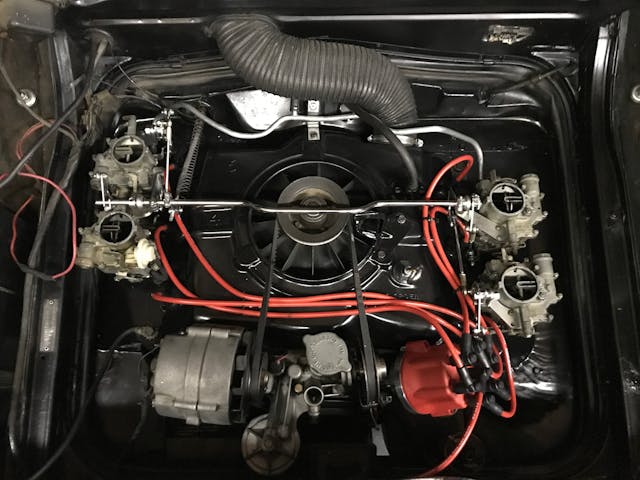

How an engine breathes is critical to how it makes power. Naturally aspirated engine rely on the vacuum created as the engine rotates to draw the air and fuel into the cylinder. Forced induction pressurizes the intake and crams more air and fuel into the cylinders. Forced induction also affects throttle response—looking at you turbo lag—and sets other parameters that the engine must adhere to. In addition to initial responsiveness and power delivery, induction noise plays a huge role in an engine’s character—some can’t get enough of the whoosh a carb or individual runner throttle body setup provides, while the boost and purge of a tuned turbo setup is hard to ignore.
Camshaft profile
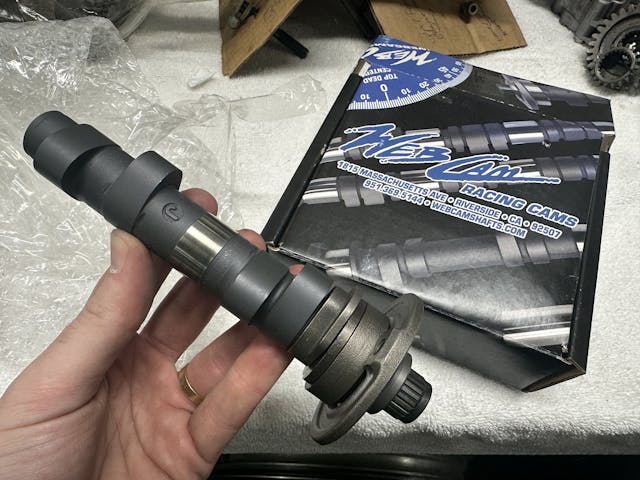
The camshaft determines the opening and closing of the valves that flow air and fuel through the combustion chamber. When and how much the valve opens can radically change the behavior of an engine. Opening the valve more can allow more flow through, and thus a higher power potential, but it takes time to open and close the valve. Modern engines are tight enough tolerance that if a vlave is open when it should not be the piston will hit it and that is a bad day. Even making adjustments within that window can radically change the power delivery of an engine. Big camshafts have distinct sounds and often move the peak horsepower high in the engine RPM range, while smaller cams enable smoother power at low rpm but lack the lope that turns heads when you arrive at a cruise night.
Cylinder count
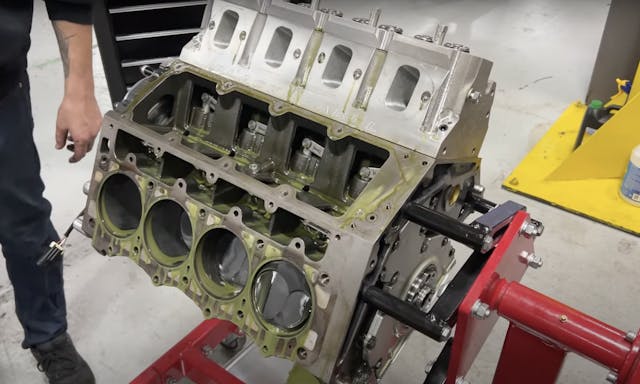
How many cylinders do you need? How many do you want? The answer is often different to those two questions, and that’s okay. A V-8 just has something unique about it that a V-6 just can’t live up to, and an inline-6 charms in a way that an inline-4 can’t. More cylinders often means smoother running since the power pulses on the crankshaft are closer together throughout a rotation. Cylinder count also impacts how the intake and exhaust are routed, creating the signature sounds that accompany many popular platforms but also limiting or boosting performance based on flow characteristics. While more cylinders often run smoother and have more linear power delivery compared to fewer cylinders, 48 might be too many.
Displacement
How big of an engine do you want? More accurately, how big do you want the inside of your engine to be? The cumulative swept volume of the cylinders is how we determine the displacement of an engine, and that also aids in determining a lot of the character. Larger engines often have a higher power potential because they can pull in, burn, and exhaust more air and fuel on their own. Larger displacement also means larger and therefore heavier pistons, which can make for a slower-revving engine.
Crankshaft

The crankshaft converts the reciprocating motion of the pistons into continuous rotary motion we can use, but not all of them are built the same. Many V-8 Ferraris, along with the most recent Mustang GT350 and Corvette Z06 feature flat-plane crankshafts, which facilitate higher and quicker revving compared to a cross-plane crankshaft, which is heavier due to the counterweights required to keep everything in balance. A crossplane design tends to help low-end torque though, something far more usable in a street-focused car.
Cylinder arrangment
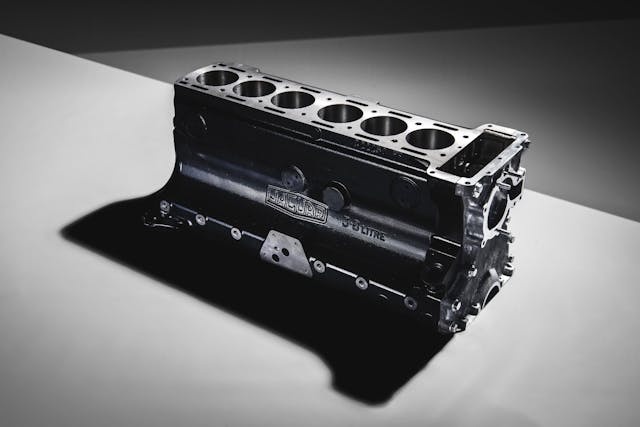
With the parameters above picked, it’s now time to decide how you want the engine to be packaged. Anything from boring or pretty wild is available here. From horizontally opposed to a W arrangement that sets up multiple banks on tight angles, there is no end to the options. That said, there are reasons V and inline arrangements dominate production these days. Ease of production and durability win out, but these also tend to be fairly efficient designs.
Compression
Air and fuel will create a small amount of power if burned uncompressed, but that power is fractional compared to compressing the mixture before applying spark. When the fuel burns, it expands and acts on the piston to create power. Achieving maximum squeeze means maximum power, but be careful: Compressing air and fuel too much can cause detonation if it lights off before the spark plug arcs. Low compression engines tend to be slower revving, while high compression lends itself to being snappy but often requires an adjustment to the…
Fuel type
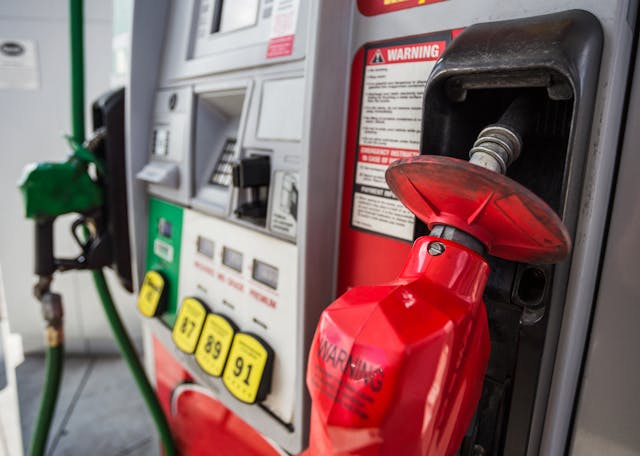
There are four popular octane levels available at most self-service stations: 91, 89, 87, and diesel. Fortunate states get 93, too. The octane rating roughly correlates to the fuel’s resistance to detonation. Diesel fuel is compression ignition rather than spark ignition, so that doesn’t really have an octane rating, but instead uses a cetane rating to describe the fuel’s qualities.
Fuel delivery
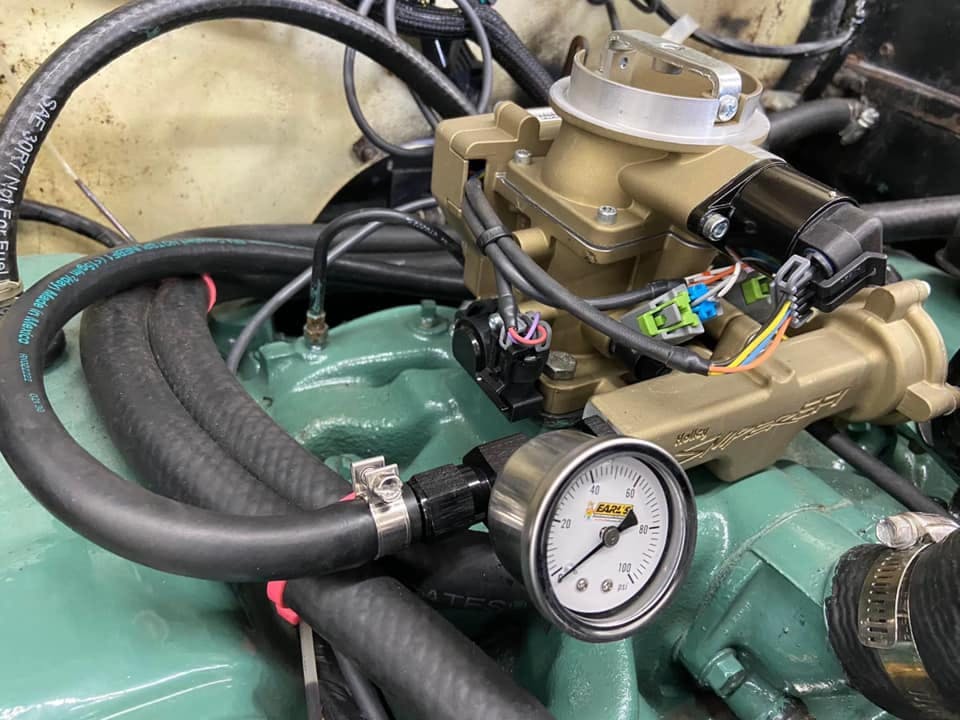
How the fuel gets into the engine is also something that has a lot of effects. The smooth pickup and running of fuel injection can be quite nice, but carburetors still get the job done and when properly tuned can be smooth and powerful. So long as the fuel is atomized well, it’ll burn right, but it’s the adjustable choke point for the air that can really affect feel. That’s why the last item is…
Throttle activation
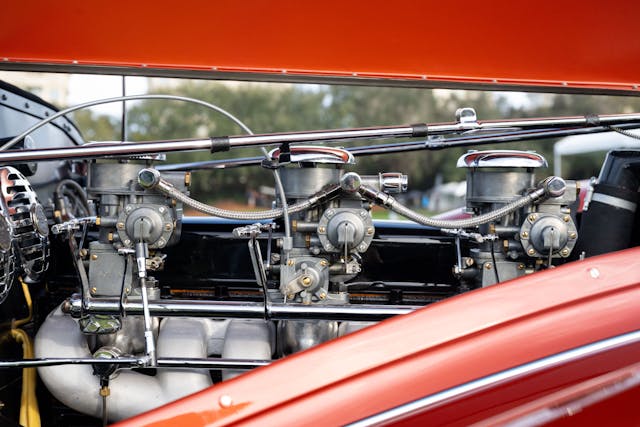
The earliest cars didn’t even have a throttle as we know it today. Engines ran wide open and a clutch and transmission allowed that to be turned into useful power. As engine design improved it became necessary for driver-controlled throttles. Mechanical linkages like rods, levers, and cables were popular until electronics took over engine controls and drive-by-wire became the norm. A physical connection to an engine can be felt be someone with a well-calibrated foot, but drive-by-wire has its strong points, as there will basically never be slop in the linkage and a few clicks on a laptop can tune throttle response.
***
Check out the Hagerty Media homepage so you don’t miss a single story, or better yet, bookmark it. To get our best stories delivered right to your inbox, subscribe to our newsletters.
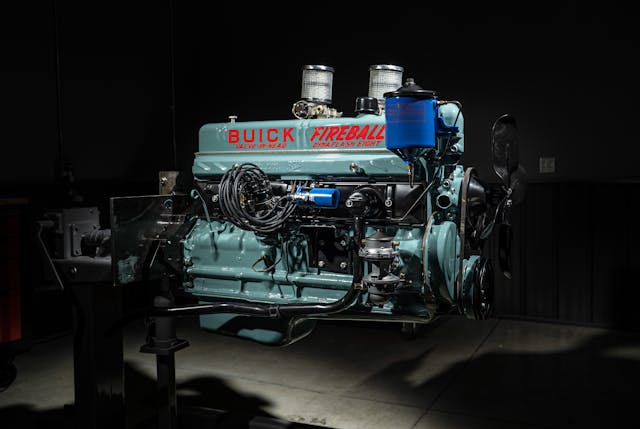


The used car lot scope of so many of these stories belies an ignorance of automotive history. The above’s opening photo is of a 1941-42 Buick straight eight, yet not a word about this cylinder arrangement that once dominated both the auto racing and luxe fields. We know why they passed, but that does not make them less interesting. The only internal combustion engines to have natural inherent balance are inline 6s and 8s. V-12s and V-16s are only more of the same with firing impulses halved for less crankpin loading, or to increase displacement while trying to escape thermodynamic woes, or to fit in existing platforms/engine bays, despite the drawbacks of multi-cylinder complexity/more to go wrong.
But marketing always has a field day with the more is better crowd.
To think back in the good ol’ days, we just flipped over the Impala’s air cleaner cover and let ‘er rip!
don’t forget porting the heads, port matching the intake and exhaust manifolds, on my Buick turbo V6 getting the air in and out with less restriction made a big difference along with a Erson RV 10 H cam, Kenny Bell headers, bigger, balanced injectors, and rebuilding the long block.
I agree with Dan about fuel. My old ‘74 400 runs like a top on the premium fuel. If you look at the pumps closely they show the % of ethanol. The top grades at most stations have zero ethanol. The few tanks I use in the summer are worth the extra money in performance, mileage, not to mention gasket, carb, and other failures that old car was not made for due to the addition of ethanol.
Gotta agree with Jim this newer stuff with covers and hoses all over are maybe good enough to go get the parts for the real automobiles
A smooth running, reliable flathead Ford is my preferred engine. A dual exhaust system with a pair of glasspack mufflers makes a very nice sound.
Not all engines are a reciprocating piston design. I’ll never forget my first date with a rotary. A friend tossed me the keys to his new RX-7 R. If all you knew was driving a four stroke Otto design you were in for a surprise!
These are ngines that have soul. No damm EV motor gonna ever have that
I’m surprised no mention has been made of cylinder displacement, I have always favored engines with a cylinder displacement of <500cc. ie <2L 4 cyclinder, <3L 6 etc. I have owned 1, 2, 4, 6, 8, and 12 cylinder engines and almost all of them have adhered to this rule, I think it's the sweet spot for smoothness and power.